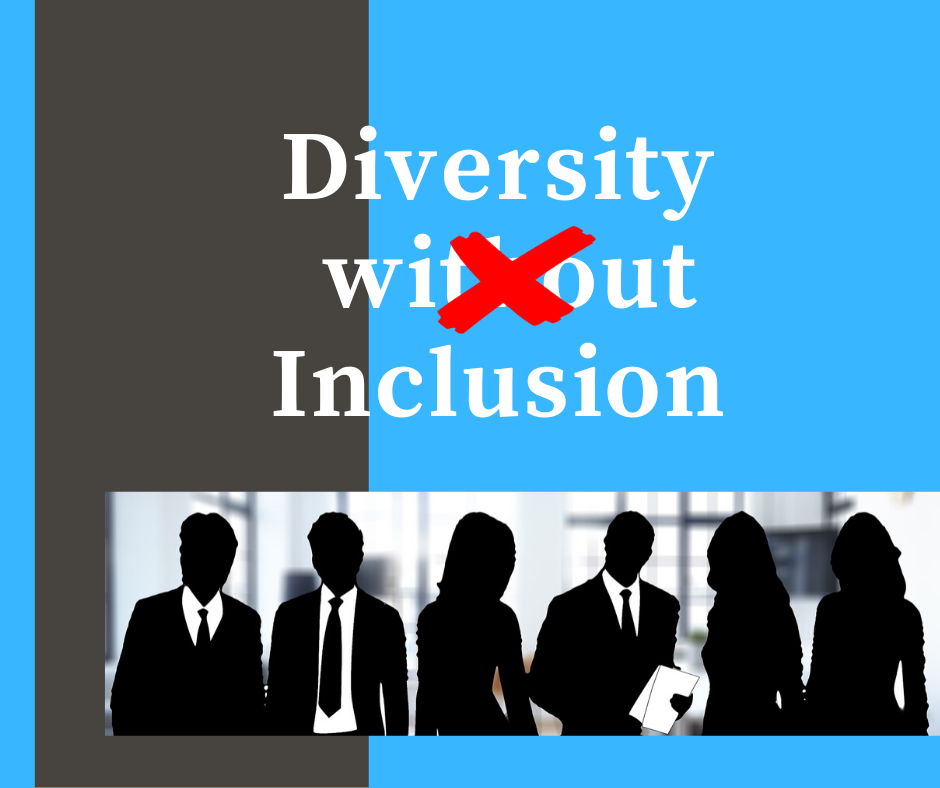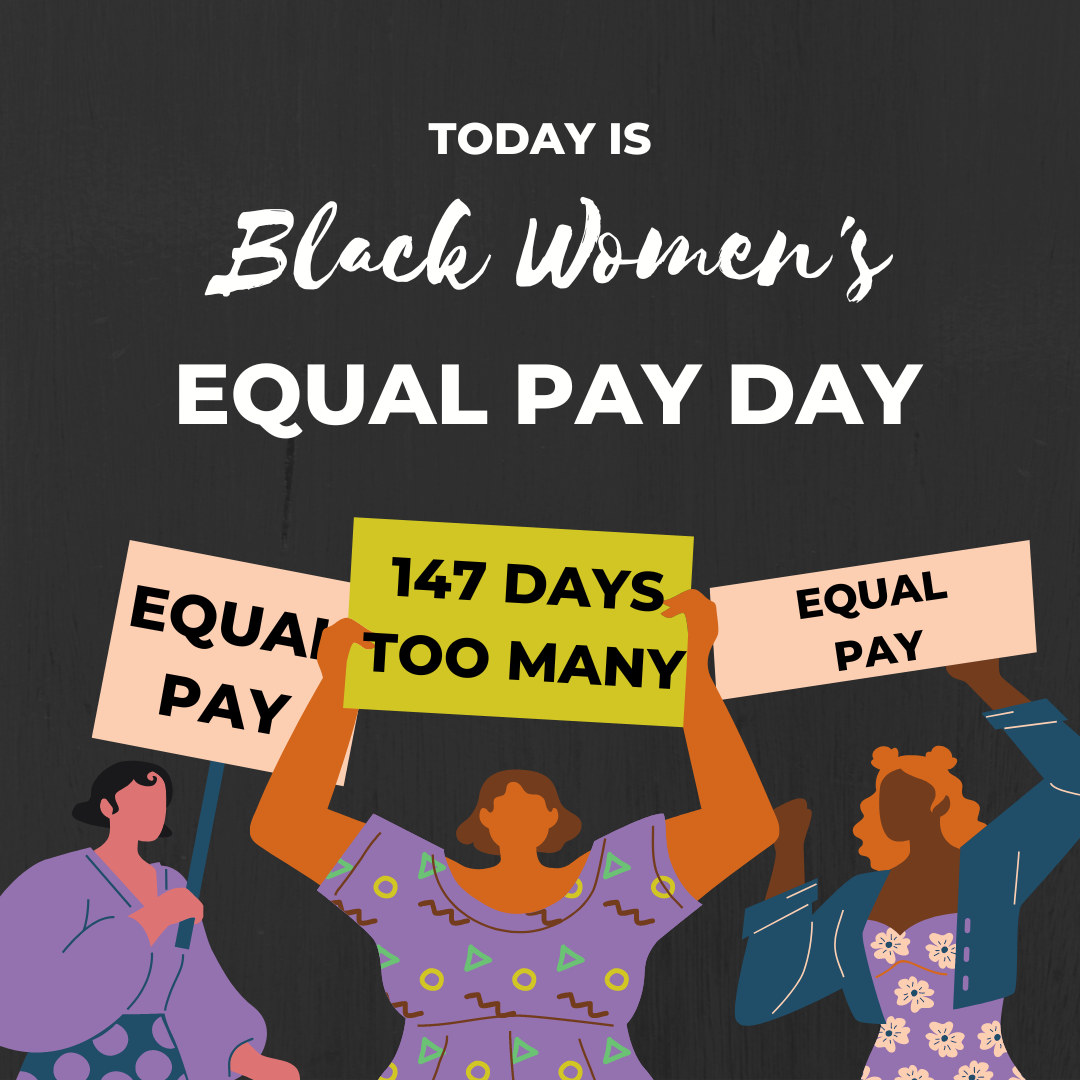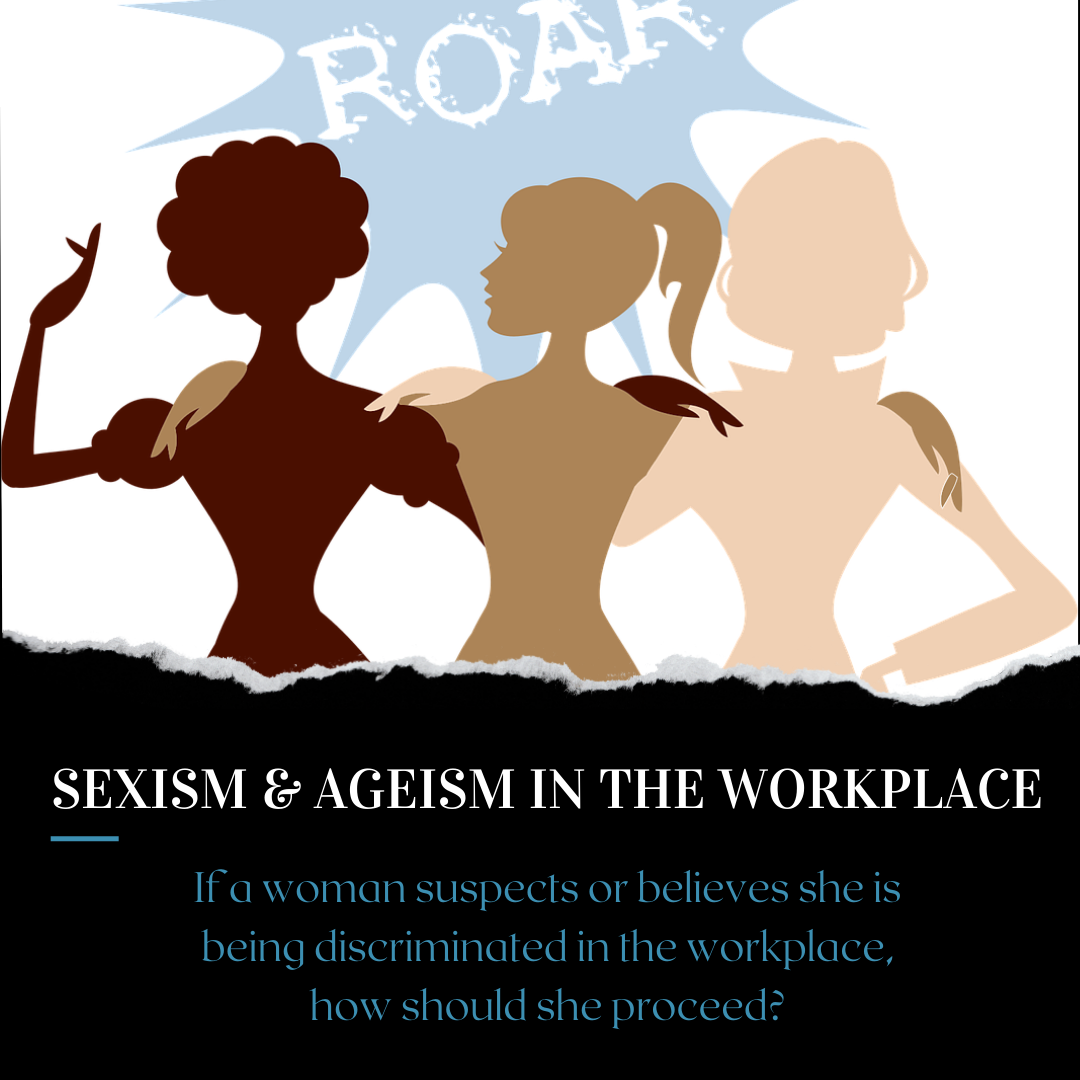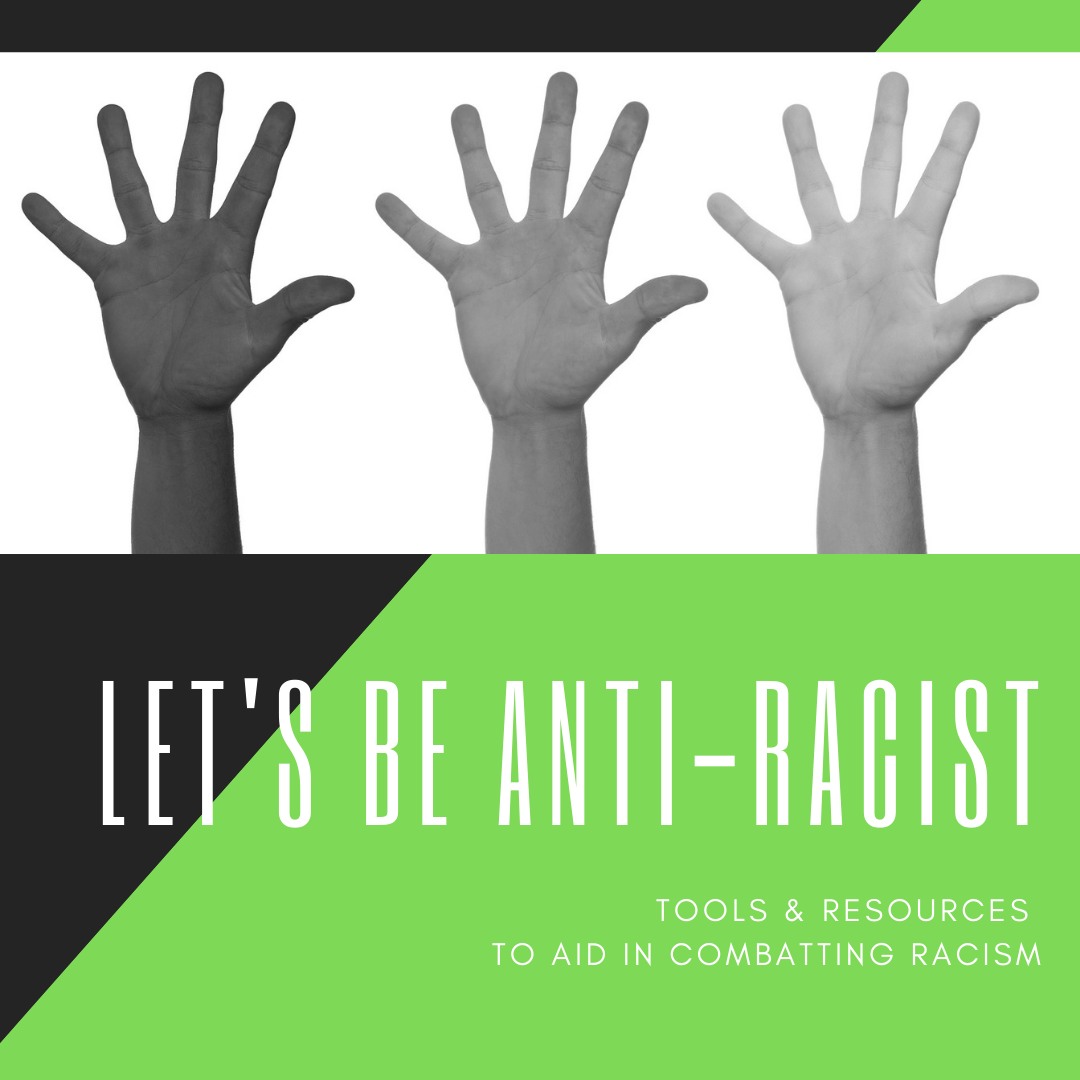The words “diversity” and “inclusion” are often used in one breath. As more and more organizations build diversity and inclusion strategies into their business models, the two words have dissolved into one buzzword that’s seemingly inseparable. But are they the same thing? Nope.
Although “diversity” and “inclusion” are now linguistically joined at the hip, they have different but related meanings.
Diversity refers to the spectrum of human demographic differences, the most obvious being race, gender, sexual orientation, religious affiliation, socio-economic status, age or dis/ability. In addition to these widely known identity markers, many organizations are now looking at others such as lifestyle, personality type, political leaning, educational level and many more.
Diversity Dimensions

Primary
- Age
- Physical Ability
- Race
- Ethnicity
- Gender
- Sexual Orientation
- Cognitive Ability
Secondary
- Education
- Class/Income
- Language/Accents
- Martial Status
- Parental Status
- Military Experience
- Religious Beliefs
- Geographical Location
- Nationality
Workplace
- Organizational
- Occupation
- Job Level
- Job Classification
- Department
- Work Location
- Work Shift
- Skills
- Years with Organization
Style
- Leadership Style
- Work Habits
- Performance
- Expectations
- Communication Style
Source: Harver
Parris Consulting doesn’t have a single definition of diversity. We encourage organizations to form their own unique diversity definition.
Inclusion refers to the practice – connected with the mission and values of an organization – of ensuring that diverse employees are accepted, valued, respected and encouraged to fully participate. Inclusion is involvement and empowerment.
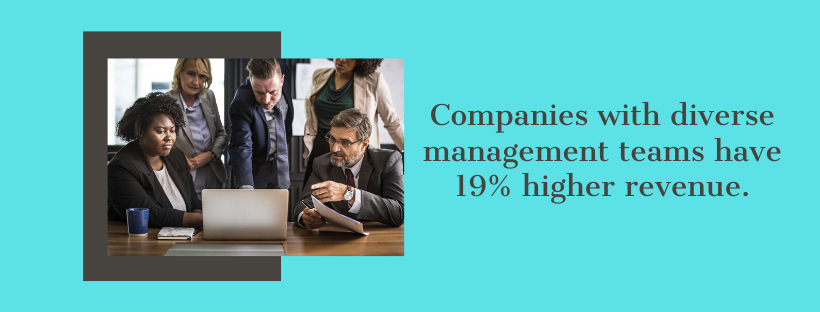
Do you see the difference?
Diversity is what is or what could be. It’s the make-up of an organization – the different identity markers of the people within it. It’s the what.
Inclusion consists of the behaviours, attitudes, practices, and policies that contribute to an environment where diversity is welcomed, appreciated and celebrated. It’s the how.
The benefits of incorporating diversity and inclusion are well established: higher profits, increased productivity, better retention of top talent, and a more positive workplace culture. It’s also the right thing to do from an equity perspective.
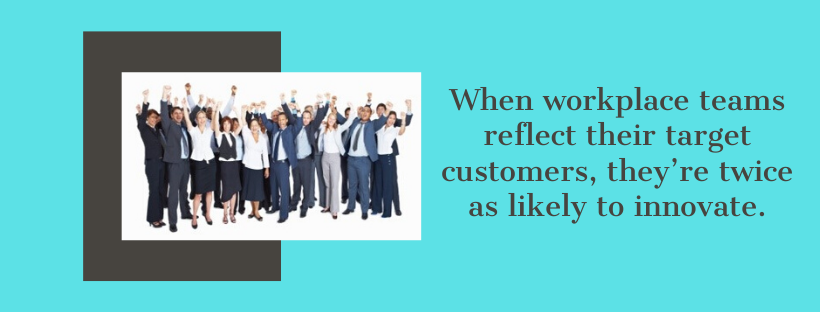
So why aren't organizations getting it right?
Unfortunately, even organizations with the best intentions don’t always succeed at diversity and inclusion. One of the reasons could be that they look at “diversity” as the end goal, without figuring out how inclusion makes the goal happen. A 2018 survey showed that even though 95% of respondents reported a diversity program in place at work, only a quarter of employees in diverse groups had benefited. This suggests a disconnect between policy and action – the what and the how. Here’s how it often plays out…
The diversity strategy is half-hearted. If leaders decide to implement a diversity policy, they can’t be wishy-washy about it. They need to communicate what’s happening, and why, to their employees – and invite their feedback and participation. Otherwise they may face resistance.
They don’t implement correctly. Again, this comes down to differentiating the what from the how. If an organization takes a checkbox approach to incorporating diversity, without implementing inclusive policies, practices and behaviours, it will fail to get understanding or buy-in across the organization. Diversity doesn’t just happen – especially without inclusion. Often, integrating these two elements is confusing for leaders. If this is the case, it’s a good idea to bring in a consultant to help strategize.
Leadership doesn’t walk the talk. Inclusive practices and behaviours need to be modelled from the top down. Not only should leadership set policy and communicate it to employees; they must demonstrate it in their daily interactions, challenge non-inclusive behaviours, manage conflict, and hold people accountable (including themselves). They need to ensure employees understand the goals and benefits of diversity and inclusion, which may include offering training or workshops. And they need to highlight the opportunities that are available in an inclusive work culture.
There’s no monitoring or evaluation. Diversity and inclusion is an ongoing initiative. And just like any initiative, it needs to be monitored and tracked. Setting up an accountability system with regular reporting can give leadership a sense of how things are going, how employees are doing, and where they need to course-correct.
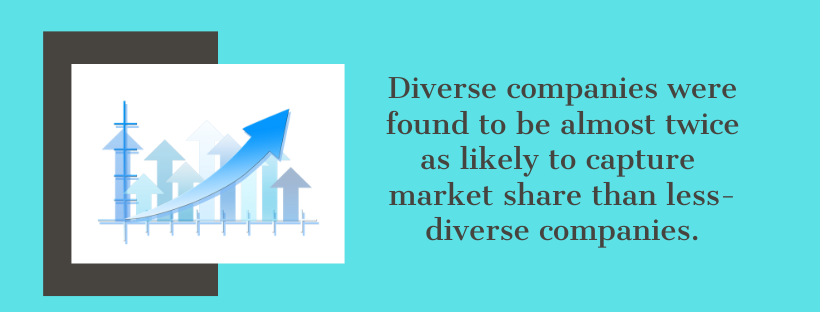
It takes commitment.
Employers who haven’t thought about diversity in the past may need to do a deep-dive into diversity and inclusion – what it means for their organization, the myriad potential benefits to productivity and the bottom line, and how they can get the entire organization on board in a healthy, positive way. It can be hard to know where to start, but it’s worth it. If you have questions about how to build your team’s diversity profile by building an inclusive workplace culture, get in touch with us.
Sources: Forbes, Harvard Business School, Harver and McKinsey
Diversation Question
How does your organization manage for diversity and inclusion? Drop us a line in the comments and let us know!

